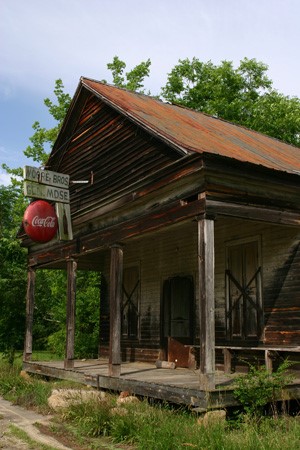
The Deerlick Astronomy Village is located on a very historical site, and one that interesting enough has an astronomical past. From what we have learned, the land was originally part of a large plantation owned by Aaron Grier, Sr. a Revolutionary War soldier. Aaron’s son, Robert, founded the very popular Grier’s Almanac. As you are driving to the DAV check out the historical marker on Raytown Road. In recognition of Grier’s contributions we are dedicating his name to the Membership Field, hereby known as Grier’s Field.
An astronomical event took place back in late May, 1900 when a small group from MIT boarded a southbound steamer for Savannah and proceeded from there by train and mule car to Washington, Georgia, to observe a total eclipse of the sun.
“Robert Grier, son of Aaron Grier Sr. and founder of the nationally famous “Grier’s Almanac,” was born in 1782. Growing up in frontier Georgia, Grier did not have a formal education — but he did have access to his father’s extensive library, where he read voraciously. An amateur astronomer and accomplished mathematician, Grier put his knowledge to good use by publishing an almanac predicting sunrises and sunsets, lunar eclipses and phases, plus general weather trends. So accurate and popular was his almanac that it became an annual publication until Grier’s death, at which point another publisher took the reigns, and then another. Grier’s Almanac has now been published annually for over two hundred years. First published in 1807 as “The Georgia and South Carolina Almanack,” the almanac made Robert Grier’s name a household word in the nation until his death in 1848. Published continuously since its founding, it became “Grier’s Almanac” soon after Robert Grier died. Circulation is now 3 million copies annually.” – Re-printed with the permission of Terri Saturday.

“When Robert Grier was 26 years of age, he published the Georgia and South Carolina Almanack in 1807, which was printed by the Augusta firm of Hardy and Bunch. This first edition, a valuable bit of Americana can be found today in the Rare Books section of the library of the University of Georgia, contained motions of sun and moon, locations of planets and stars, tide tables, future eclipses, lists of holidays, court calendars, and advice to farmers.” – Re-printed with the permission of Bryan Bachler
